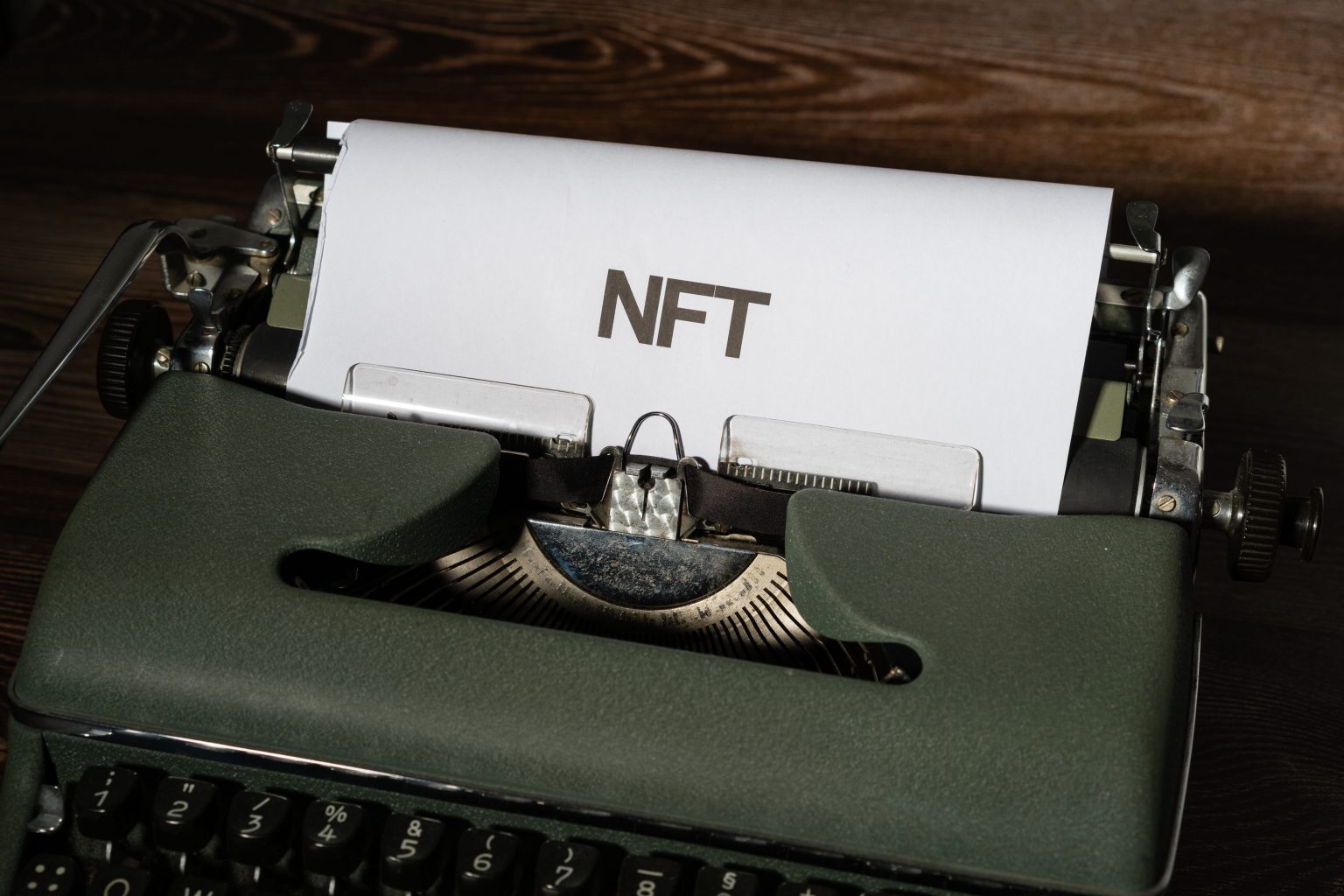The NFT world is fast-paced and exciting, and with so much changing and evolving in the space, it can be increasingly hard to keep up with all the new developments and launches. DYOR stands for Do Your Own Research.
People talk about FOMO when discussing NFTs with a certain frequency that has led us to believe that this is almost certainly the main reason for making mistakes when choosing a project to invest your hard-earned crypto. Our first piece of advice is to never spend money with a FOMO mindset, this cannot be overstated and is similar to going grocery shopping on an empty stomach. Mistakes will be made.
We have our own secret recipe for choosing the right project to ape into, and while we couldn’t possibly share it in its entirety (can’t have anyone sniping our pre-mints) we will give you a little insight into our selection criteria.
Question for the whole #NFT community, which of the below criteria is the most important factor you consider when deciding to buy in to a project? ????
— Avax NFTs ???? (@AvaxNFTs) November 24, 2021
Our first point of call is to assess the quality of the project’s artwork and associated media images. Is it original, high quality, and most importantly in the age of Twitter, is it PFP worthy? Do we like it? Will others? If you don’t like it, don’t buy it.
We then move on to analysing the website of the project, is it user-friendly and polished? Has there been a concerted effort to create a brand, an identity? Is it doing something different or is it improving on a previous project’s attempts? Cookie-cutter websites are a red flag here, lack of information and low effort/quality will catch our eye. The absence of a website should be a huge concern. Roadmaps or Whitepapers are an important focal point, are they well defined or vague? Have they copied another project and changed the words? (it has happened!)
Twitter is our next category, we look at how long the account has been active, follower/following count, and engagement with others, style/frequency of posts are also incredibly important here. So many projects proudly proclaim they are “launching” with sub 1k followers, 30 total account tweets, and clear bot-driven engagement. We can certainly spot the Bots in “giveaway” posts, you will see posts along the lines of “This project has success leader, and my familia will visit moon with bringing all unique fundamentals” along with tags to other Bots in the network that will then repeat a variation of the same theme. Be wary of comments that don’t look right and you will start to notice this. Be sceptical.
“This project has success leader, and my familia will visit moon with bringing all unique fundamentals”
Damn Twitter bots on TOO many NFT projects, what’s your take?
— Avax NFTs ???? (@AvaxNFTs) November 28, 2021
In our recent poll on Twitter, Community was the clear winner for the most important factor to consider when deciding to buy into a project and we agree it is a key aspect to take into consideration. Analysis of this can be approached from several angles, but we like to focus initially on the Tone of Voice. How do the project leaders or community managers handle questions; are they engaging, distant or non-committal? Deduct points if simple and direct questions are not adequately answered. Is there a negative vibe present; are people berated or attacked when offering a genuine opinion or a differing view? Red Flag. How do they handle Community roles, is it clear who the Devs and the Community Leaders are? If you can’t easily understand the structure, how can you hold them accountable when things get difficult?
Our last criteria is the most important in our eyes. We call it the “Probationary Period”. Put simply, the build-up time before a project is fully minted is literally the best version you will see of the project. More often than not, a project will improve no further past this milestone and will often decline (in our experience). We are not talking about artwork, future utility, or understandable post-mint issues here, we are talking about engagement with the community when there are genuine issues, prompt delivery of roadmap milestones, as well as the general attitude of the team to “investors”. If you have any concerns, more often than not they will only get worse as the crucial incentive to change or adapt is now dust in the wind.
We hope you find this article helpful and if you have anything you would like to add from your own set of criteria, please feel free to reach out to us on Twitter.
If you liked this article, you’ll love How Can I Get An Avalanche Wallet




